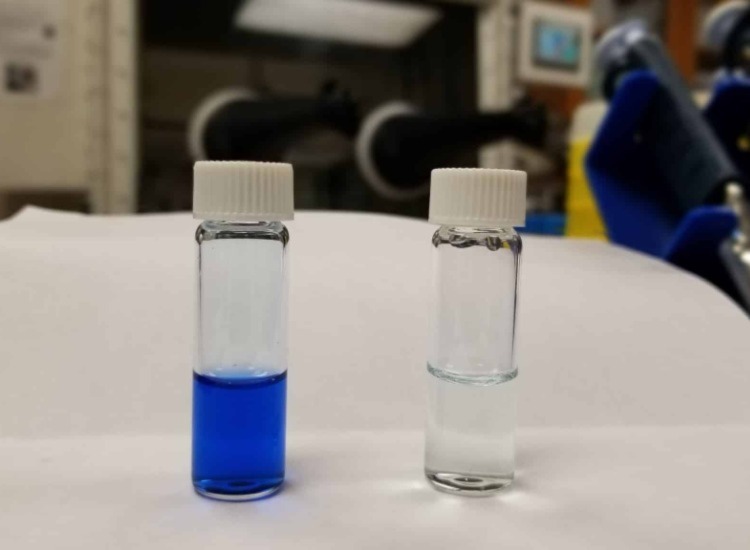Dyes are used in a wide range of industries, including textiles, cosmetics and pharmaceuticals, and have the potential to be a major source of environmental pollution.
Researchers at North Carolina State University, US, have developed a synthetic polymer, called polycarbodiimide, which they say can remove certain dyes from water. In addition, the polymer can be recovered and reused. The researchers say that this development has the potential to provide a new way to clean wastewater. Dyes are used in a wide range of industries, including textiles, cosmetics and pharmaceuticals, and have the potential to be a major source of environmental pollution.
Publishing the research in ACS Applied Polymer Materials, the researchers tested their polymer by dissolving it in a solvent and then mixing it in water contaminated with dyes. The polymer solution was tested against a series of 20 anionic dyes, used in the textile industry. Initial assessments were simply carried out visually, to see if the polymer worked. UV-Vis spectroscopy was then used to quantify how well the polymer removed the colourants. The researchers found that the polymer solution removed all but four of the 20 dyes tested. In addition, it took just minutes to recover the polymer.
‘We mixed the polymer solution and dye-contaminated water so the polymer in solution can grab the dye,’ said Januka Budhathoki-Uprety, Assistant Professor of Textile Engineering, Chemistry and Science at North Carolina State University, and lead author of the paper. ‘This is a two-phase solution. The polymer part of the solution grabs onto the dyes. Then we were able to easily separate the clean water from the contaminated solution mixture by draining it out, similar to separation of water from a mixture of oil and water.’

The left vial shows dye solution in water (blue) and the right vial shows clear water after the dye was removed from the solution by the polymer. Credit: Januka Budhathoki-Uprety
The team is now planning to develop a library of polymers that would have the potential to work with more types of dyes. They also want to develop a more practical mechanism for using polycarbodiimide to clean waste water. ‘We are working to develop materials that can do the same work without having to use the polymer in solution phase,’ Professor Budhathoki-Uprety said. ‘If you have dye spill, you don’t want to have a flammable solution, you want a solid material that is easier to handle.’
